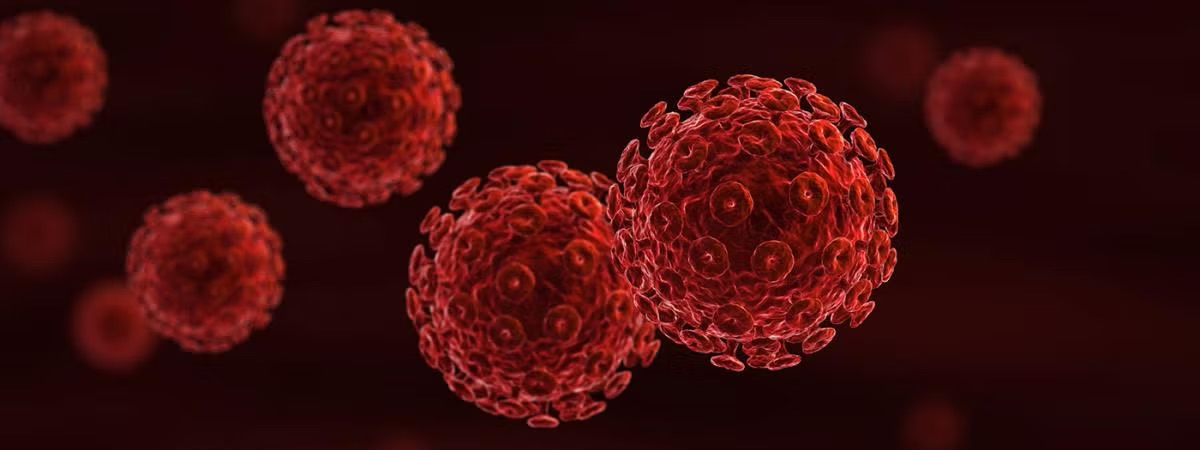Researchers at Case Western Reserve University say they have uncovered a critical piece of the HIV puzzle, revealing how the virus pushes infected immune cells into a dormant state to survive undetected. The discovery, announced last week, could open new avenues for treatment by identifying the cellular programs that make this “hiding place” possible.
The research focuses on CD4+ T cells, sometimes called “helper” cells, which normally coordinate immune defenses. In people with HIV, the virus embeds itself into these cells and silences their activity. Once dormant, the cells neither fight infection nor reveal the virus inside them. This quiet state, known as latency, creates what scientists call the latent reservoir. Even when antiretroviral therapy suppresses HIV in the bloodstream, the hidden virus can reignite infection if treatment is interrupted.
For decades, the reservoir has been considered the single greatest barrier to a cure.
“We’ve shown that HIV actually orchestrates its own survival by reprogramming host cells to create the perfect hiding place,” said Saba Valadkhan, associate professor of molecular biology and microbiology at the Case Western Reserve School of Medicine.
Jonathan Karn, professor and chair of the molecular biology and microbiology department, said the work gives scientists “specific targets to attack” in the ongoing search for therapies that go beyond lifelong suppression.
The discovery places CWRU at the center of a global challenge that has spanned more than four decades. HIV was first identified in the early 1980s, and while antiretroviral therapy has turned what was once a fatal diagnosis into a manageable chronic condition, the virus has resisted every attempt at eradication. More than 39 million people worldwide are currently living with HIV, according to UNAIDS, and about 1.3 million people were newly infected in 2024.
While the burden of HIV is worldwide, its effects are also felt close to home in Northeast Ohio. Cuyahoga County continues to report one of the highest numbers of HIV diagnoses in Ohio, with hundreds of residents living with the virus. Cleveland joined the Fast-Track Cities initiative in 2023, pledging to meet international targets to reduce new infections and improve care by 2030. For public health leaders, discoveries like this one are not only scientific milestones but also practical steps toward meeting those goals.
However, researchers emphasize that translating discoveries into therapies will take years of additional study. Karn noted that the findings provide specific targets, but developing drugs that safely disrupt HIV’s control over host cells remains a long-term challenge.
Still, the breakthrough is being met with optimism among experts. It suggests that HIV’s dormancy is not simply a matter of chance, but a coordinated strategy by the virus. Knowing that, scientists can begin to design interventions that target the specific cellular pathways HIV manipulates. As Karn and his colleagues continue their work, the hope is that what begins as a discovery in a university lab can someday lead to treatments that dismantle HIV’s most elusive defense.


